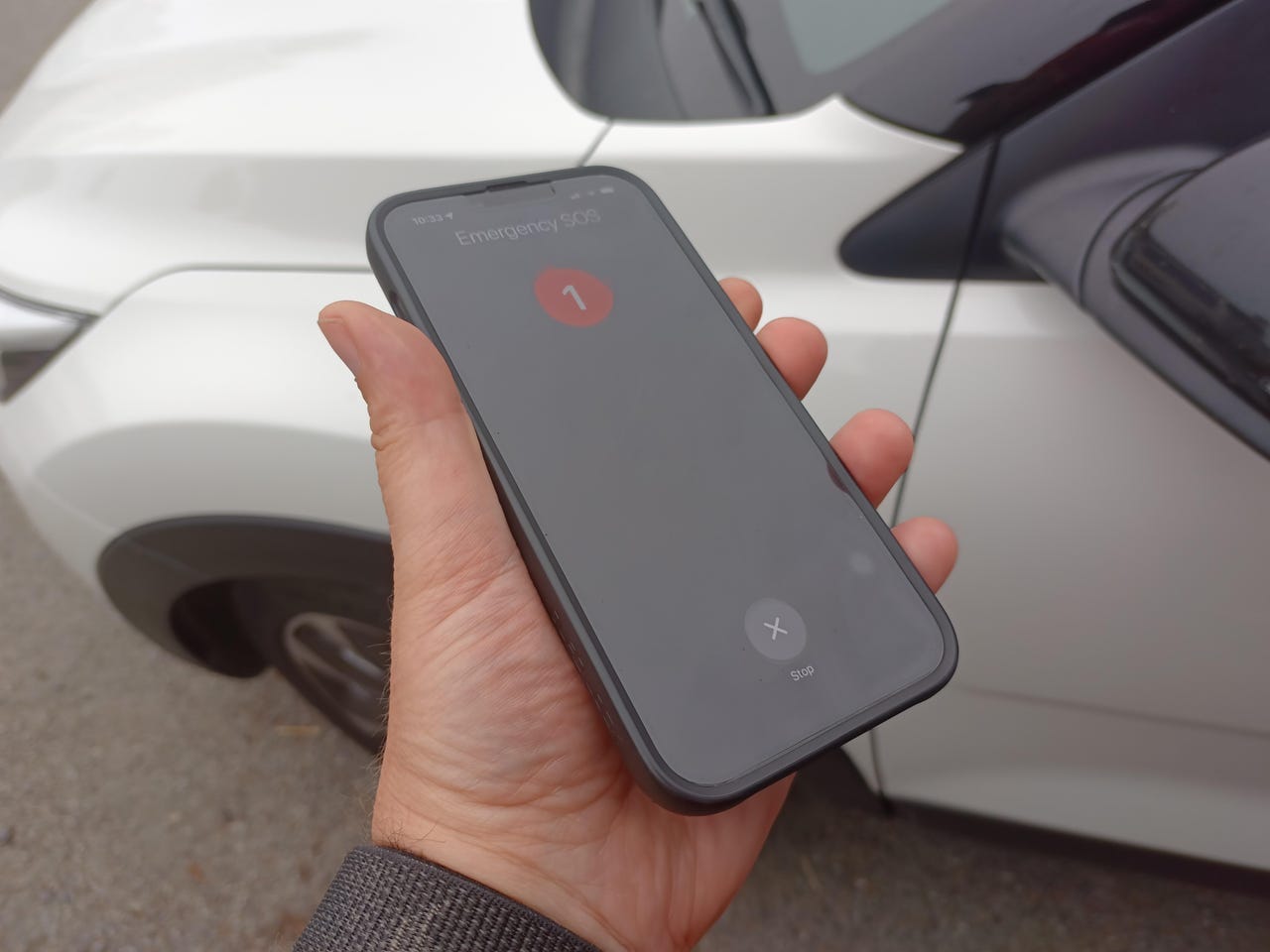































 Adrian Kingsley-Hughes
Adrian Kingsley-Hughes Smartphones are one of those things that we have with us pretty much all the time, and it's no surprise that they've taken on the role of the medical alert bracelet. They're a great place to store medical information and emergency contact information that's easily accessible if it's ever needed.
From 5G to an amazing camera -- there's a phone here to meet your every need.
Read nowThis information is available from the lock screen without having to unlock the smartphone, making it useful for emergency service personnel who might be attending the scene of an emergency.
But don't worry, you get to choose the information that is made available.
In addition to an emergency contact, you might want to make the following available in an emergency:
It's a good idea to check and update all this information regularly. Contacts change, as do our medical issues. Keeping this updated not only means that loved ones and friends are kept in the loop if the worst happens but also that any emergency services or medical personnel that need to treat you have as much information about you as possible.
But how you add this information varies depending on whether you're using an iPhone or Android smartphone.
If you make an Emergency SOS call on the iPhone -- you can initiate this by pressing and holding the side button and one of the volume buttons, when that call is ended, the iPhone will send a text message to your emergency contact (unless you choose to cancel this).
This text message contains your current location, and your emergency contacts will get updates if your location changes.
Here's how to add or delete emergency contacts:
If you're running Android 12 or later, using the Emergency SOS feature -- which can be initiated by pressing the power button five times -- can call the emergency services, send location information, and even start recording video (which can also be shared with your emergency contacts).
Here's how to add or delete an emergency contact:
 Tags chauds:
Tags chauds: